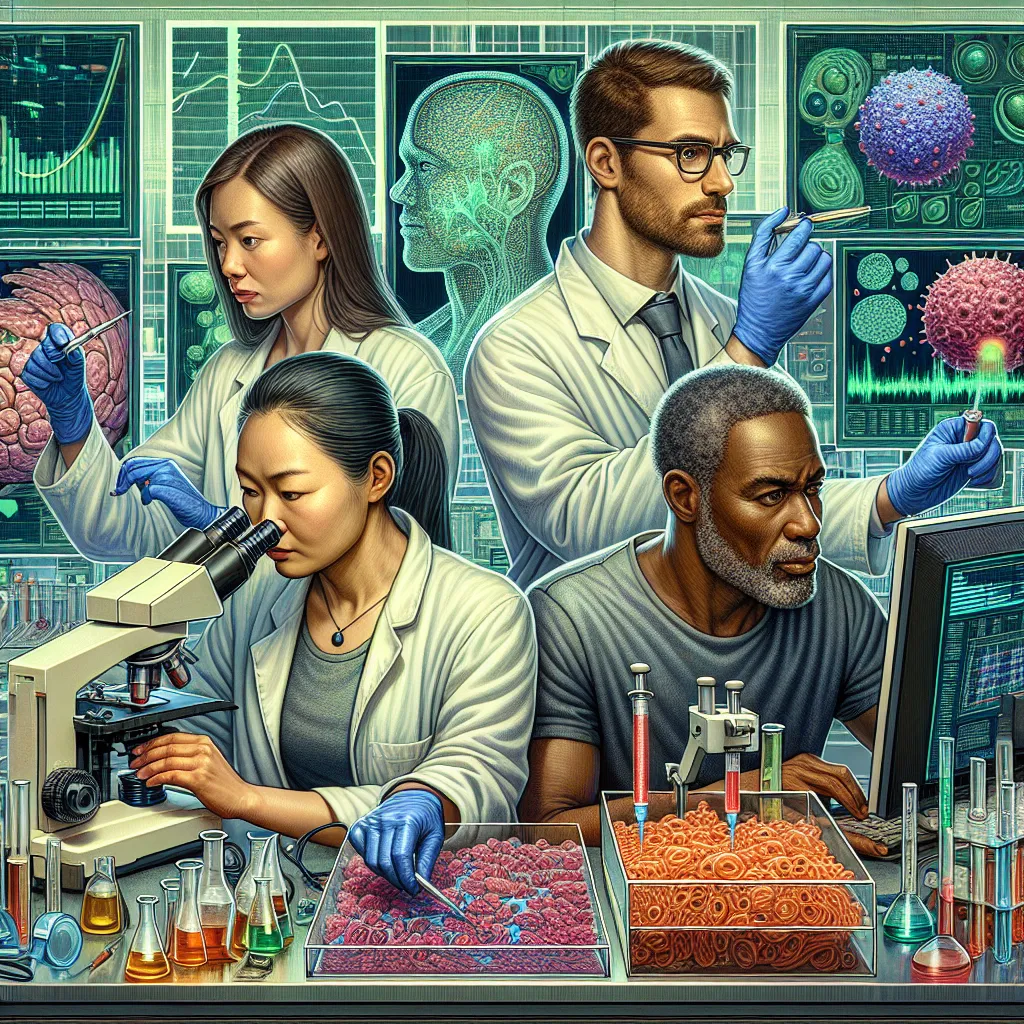Health is the most valuable thing we have, but we often forget this until it’s too late. Nowadays, we’re living longer than ever, but this often means spending more years dealing with illness. Growing old tends to involve more pain and health issues. Scientists are now shifting focus from extending lifespans to optimizing healthspans, which means staying healthy for more of our lives. To achieve this, they’re tackling aging, the root cause of many health problems.
Surprisingly, huge strides have been made in the science of aging. Human trials are approaching, and these discoveries could benefit us soon. Let’s dive into three promising areas of research.
First, let’s talk about senescent cells. These are cells that have stopped dividing but don’t die. They hang around, harming neighboring cells and contributing to diseases like diabetes and kidney failure. Researchers have made older mice healthier by selectively destroying these cells. The results were impressive: more active mice with better heart and kidney function, and even less cancer. While we can’t genetically engineer human cells like this, scientists found that injecting mice with a specific protein could kill off senescent cells without harming healthy ones. This could pave the way for new treatments in humans soon.
Next up is NAD+, a coenzyme crucial for cell maintenance. As we age, NAD+ levels drop, leading to various diseases. While NAD+ itself can’t be taken as a pill, scientists found that certain substances could be converted into NAD+ inside cells. Trials on mice showed rejuvenated cells and better DNA repair. This research even caught NASA’s attention for protecting astronauts from cosmic radiation. Human trials are in the works, and if successful, we might see the first human anti-aging pill.
Finally, stem cells act like blueprints for creating new cells. As we age, our stem cells decline, leading to various ailments. In experiments, injecting stem cells from young mice into older ones improved their brain and muscle functions, and even extended their lifespans. Another study showed better heart function and increased exercise capacity in older mice treated with stem cells. This research suggests that replenishing our bodies with fresh stem cells could have significant health benefits.
In conclusion, there isn’t a single solution for curing aging. It will take a combination of therapies to improve healthspans. Killing senescent cells, injecting new stem cells, and regulating cellular metabolism are all promising approaches. Although these studies were conducted on mice, they are proof of concepts that need human trials to confirm effectiveness. The field of healthspan research deserves more attention and funding, and with enough support, we might all enjoy healthier, pain-free old age.
For more updates on aging research, visit lifespan.io and their blog. Their team has been supporting scientists in this field, and you can help too by visiting their site and learning more.






